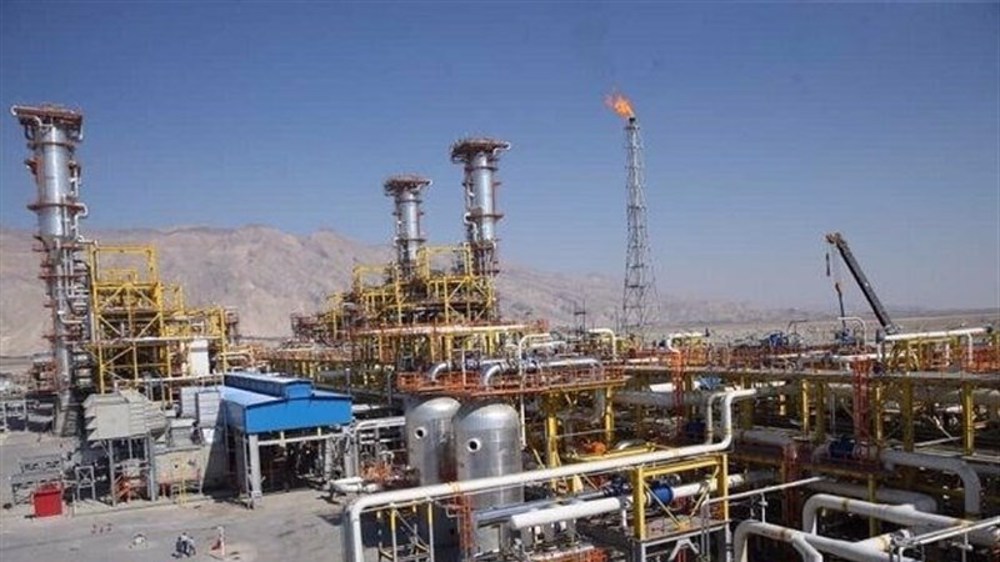US squeezes allies after cutting Iran oil to Europe
The US is waging a new campaign to drive OPEC and non-OPEC oil producers out of Europe after cutting Iran and Venezuela out of the market with sanctions.
Shipments of US crude into Europe hit a new record in 2018 but they will only rise in 2019 as production is expected to increase to more than 12 million barrels per day (bpd), up 1.18 million bpd from last year.
That will come at the expense of traditional suppliers from the Middle East, Africa and Russia which have already slashed output in the face of US inundation of the market with shale oil.
According to Refinitiv Eikon flows data, US supplies to Europe doubled to 430,000 bpd in 2018, equaling Iranian oil shipments before Washington imposed new sanctions on the Islamic Republic.
European imports of US crude hit 630,000 bpd last month, still behind Russia and Iraq but well above such OPEC producers as Nigeria and Libya.
However, an increasing number of European buyers are replacing their OPEC and non-OPEC barrels with US oil, Reuters reported.
Britain and the Netherlands were the main importers in 2018, which replaced North Sea barrels with US grades, the news agency said.
Germany is a new client, having already taken US oil to its Gelsenkirchen refinery.
It was joined by Poland which announced in January that it would cut Russia’s Urals purchases by 30 percent and replace them with US grades.
According to Reuters, Italy, Spain and France plan to buy US oil to replace light Caspian CPC Blend, Russia's Urals and Iranian oil.
Greece has reportedly added US grades to its list of preferred crude options alongside Urals and CPC as has Turkey, while US oil already flows to Italy and Switzerland.
US oil producers are currently gearing up for the annual International Petroleum Week in London this month to push customers on further replacement of longstanding supplies from the Middle East, Africa and Russia.
The US has turned from the world’s largest oil importer only a few years ago to a major exporter now.
The country is currently consuming 18-19 million bpd of oil which it may fully cover within a few years when its total production is predicted to peak 20 million bpd.
That has come courtesy of a change in law that prohibited oil exports and a revolution in hydro-fracking and shale industry.

President Donald Trump's refusal to sign up to the communique pledging to implement the Paris climate accord has added new momentum to America's fracking activities.
The United States is flaunting its emerging energy prowess as a potential weapon as it draws a new line in the sand for global domination.
According to US military analyst James “Spider” Marks, America’s possible designs for supremacy include using energy as a weapon to counter enemies such as Russia, China and Iran and exert power over allies such as Qatar and Saudi Arabia.
“If the United States is to counter the global influence of Russia, Iran, China and other hostile nations, we will need to find peaceful ways to advance our interests while undermining theirs,” he wrote on the website of Washington-based Morning Consult company.
As the US produces more oil and gas, “we reduce our dependence on foreign sources of energy,” Marks says. “Second, as our production grows, so does our ability to advance our interests abroad through exports.”
Beside oil, the United States is aggressively pushing its gas production plans.
According to the International Energy Agency (IEA), the US will challenge Qatar and Australia as the highest exporters by 2022 with more than half of the natural gas produced to be converted to LNG for export.
Hamas thanks Iran, Resistance Front following achievement of ceasefire in Gaza
'Capitulation': Israeli officials and media concede Gaza defeat as truce unfolds
'Gaza has won': Social media users react to ceasefire with mix of relief, joy
Iran seeks South Korea’s assistance for AI, fiber-optic projects
VIDEO | Iran's 'Eqtedar' (Power) maneuver
Israel hits HTS military target in Syria for 1st time since fall of Assad
VIDEO | Press TV's news headlines
Israel has slaughtered 13,000 students in Gaza, West Bank











 This makes it easy to access the Press TV website
This makes it easy to access the Press TV website